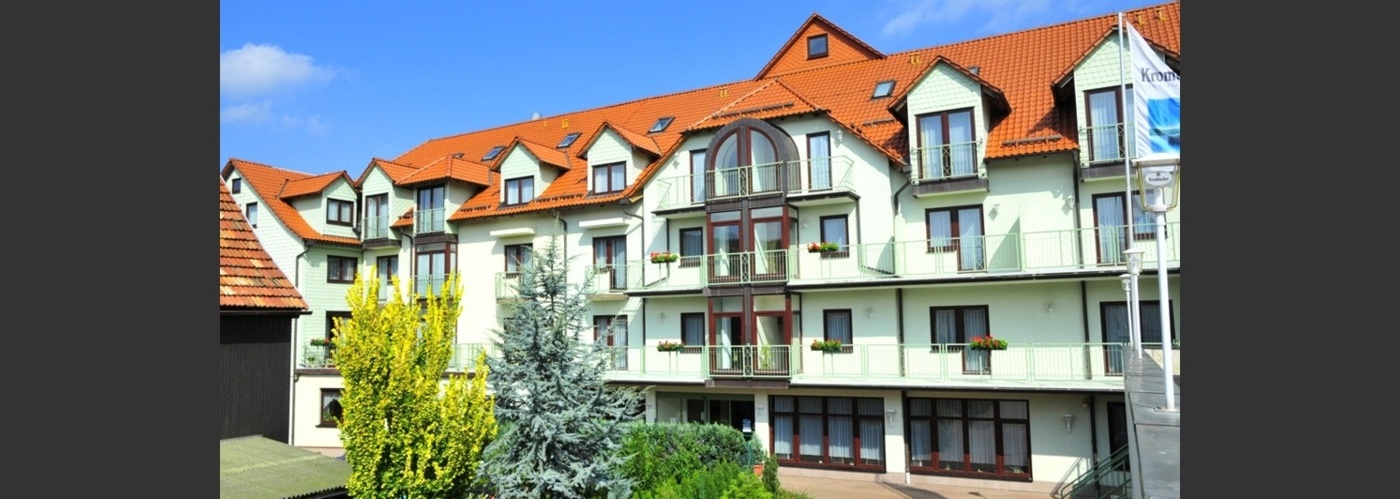Culture
Thuringia offers not only beautiful nature, but also a variety of historical sites and cultural opportunities that can be reached quickly.
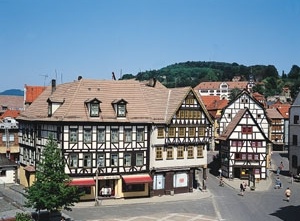 |
Schmalkalden: important center of the Reformation Very well preserved medieval half-timbered town in the Thuringian Forest, Renaissance castle Wilhelmsburg with a 1:1 copy of the medieval Iwein painting, castle church with over 400 year old playable wooden organ, Luther House, college
|
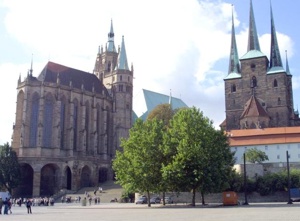 |
Erfurt: state capital & city of Luther cathedral, university, monumental ensemble of St. Mary's Cathedral and Severi Church, impressive patrician houses, well-preserved half-timbered buildings and many churches, Krämerbrücke: 120 m long continuous structure with residential buildings, Petersberg citadel
|
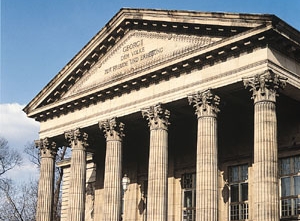 |
Meiningen: Theater City Former residence of the Dukes of Saxony- Meiningen, The Meiningen Theater, built in 1909, sometimes enjoyed a Europe-wide reputation, Elisabethenburg Castle, Landsberg Castle
|
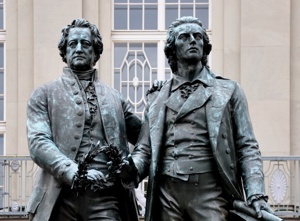 |
Weimar: European City of Culture 1999 Cranach, Luther, Bach, Wieland, Herder, Goethe, Schiller, Liszt, Nietzsche, van de Velde, Gropius lived and worked here, proclamation of the Weimar Republic in the German National Theater, Goethe's garden and residential house, Schiller's residential house, city palace with Cranach Gallery, park on the Ilm, palaces and parks of Belvedere and Tiefurt, Bauhaus Museum & Neues Museum, Buchenwald Memorial Site
|
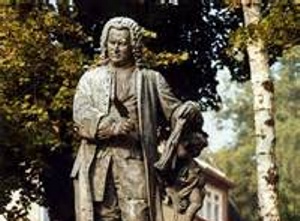 |
Eisenach: Luther and Bach city Martin Luther went to school here and later translated the Bible at Wartburg Castle, Birthplace of Johann Sebastian Bach, legendary singer's war at Wartburg Castle (12th century), where the landgravine Elisabeth, who was raised to sainthood, also lived.
|
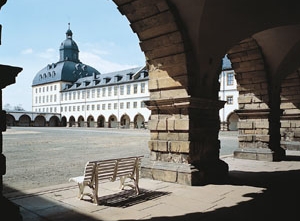 |
Gotha: residential town at the Thuringian Forest Friedenstein Castle - the largest early Baroque castle complex in Germany, including the oldest preserved Baroque theater with original wooden stage equipment, the Ekhof Theater.
|

